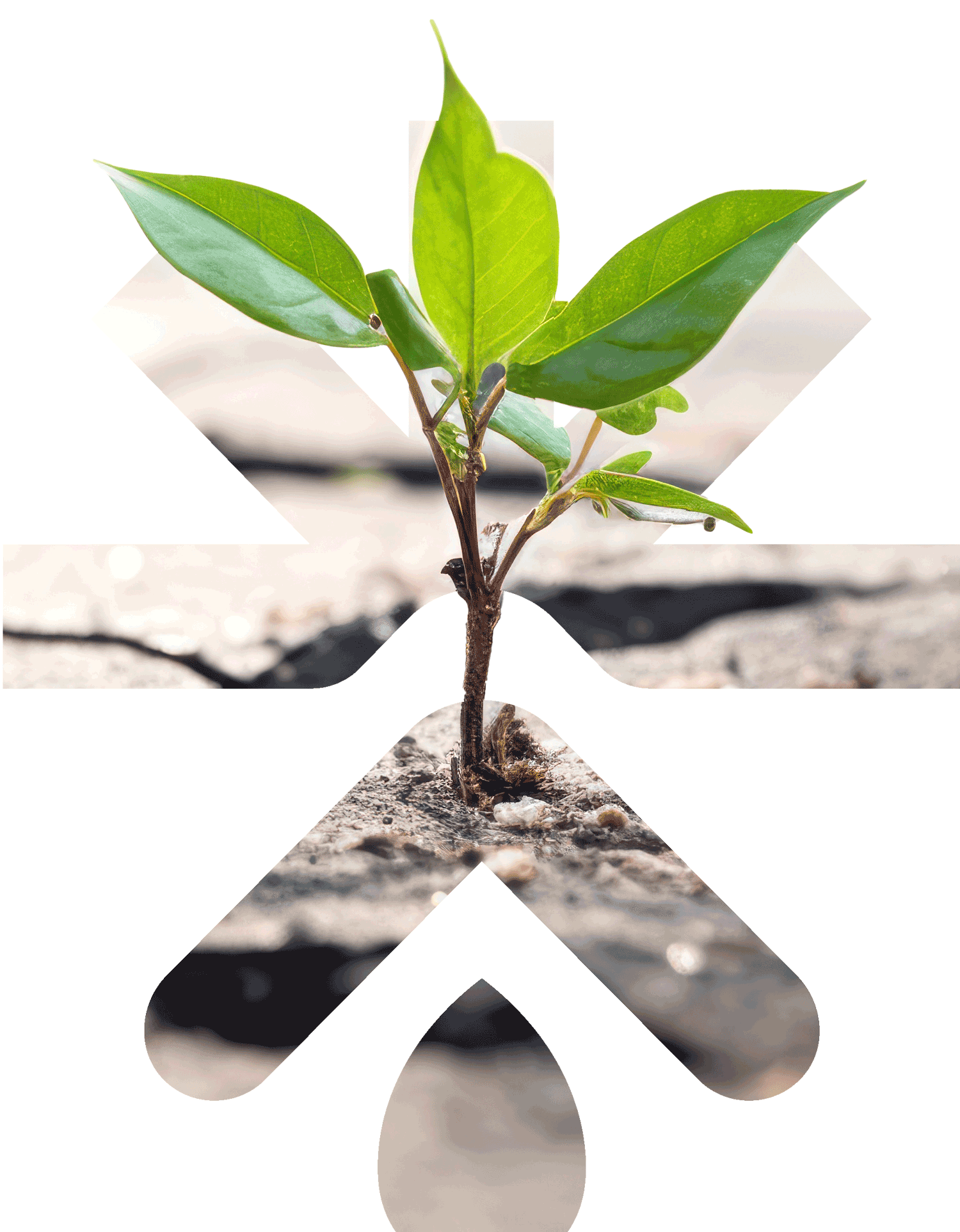“At T&G we’re serious about reducing carbon and we wanted to reduce our energy costs as well, so we worked with Apex…these guys did the tricky job of installing a new screen in an old glasshouse with an existing crop in place.”
— Ben Smith | T&G Global
Climate Variability
Climates are changing at a rapid rate, no matter where you live. Variability and extremes are also more prevalent. A greenhouse structure protects your crop from the elements – whether it be golf ball-sized hail, winds, rain, extreme heat or cold – Apex Greenhouses can control and protect against variability.
Supermarkets giants and consumers are becoming less tolerant to disruptions in supply – they want access to fresh produce year-round, regardless of extreme weather events and seasonality.
Can you afford to lose your market and not be able to supply to your clients for a prolonged period? Those without a greenhouse structure with controlled and reliable growing conditions will be left behind over the long term, unable to meet demand or price points.

Resource Efficiencies
Controlling input costs can be the difference between making a sustainable profit or a loss-making situation in a commercial greenhouse development.
Better control and efficient use of water, fertilizers, energy, land use per sqm and labour ensures greenhouse growers have an advantage over outdoor farmers when it comes to high value crops.
While outdoor or traditional farmers do not have the large capital expenditure that a greenhouse project requires, when you consider the numbers over a 10-year period, the winner is clear. Greenhouses grow five times the produce over the same period, workers are more efficient and much more satisfied working in a controlled environment not subject to the changing elements, greenhouses use 10 times less water per kilogram of produce, and the list goes on.
As the cost of land, labour, fertilizer and water increases, the greater the demand for produce grown in greenhouses and controlled-environment agriculture.
Future proofed
Greenhouse growing is future proofing food production. Yields are higher, production costs are lower, fewer inputs are needed, and production is more sustainable when recycled water and solar projects are built into design and construction.
Crops can be guaranteed and produced faster than those in traditional outdoor farming operations, satisfying growing markets.
There’s also less risk associated with pests and disease.
Harnessing automation, innovations in agtech and smart systems are also essential when it comes to future-proofing the greenhouse industry, particularly in countries with climatic challenges.
Consumers want to know their produce is being grown in sustainable environments.
Apex Greenhouses is growing for the future, and it’s a future which will increasingly turn to produce which is readily accessible and at a fair price point.
Towards Net Zero
By their very nature, greenhouses have a low carbon footprint, because they traditionally harness the sun to grow produce. Resources are used as efficiently as possible to give the lowest production cost per kilogram produced.
While we often burn fossil fuels in the form of natural and liquid gas to provide heating to a greenhouse, any C02 emissions are pumped back into the greenhouse and eaten by the plants to further increase plant growth.
Researchers in the Netherlands are currently undertaking a significant amount of research and development to reduce reliance and use of natural gas to zero by 2030.
Closer to home we are seeing a transition from gas to biomass boiler installations. These burn sustainable timber and waste stream products and can also be fitted with C02 scrubbing solutions to return C02 to the greenhouse.
Solar electric solutions to provide heat and power to commercial greenhouse developments are also hot topics of conversation (excuse the pun).
Provided land and capital is available, solar electric solutions can be a highly-sustainable solution, now and long into the future. The key consideration is the ability to store heat for usage later when required, which can be costly. However, as energy storage systems come down in price, these systems will become more prevalent and lead to greater profitability.